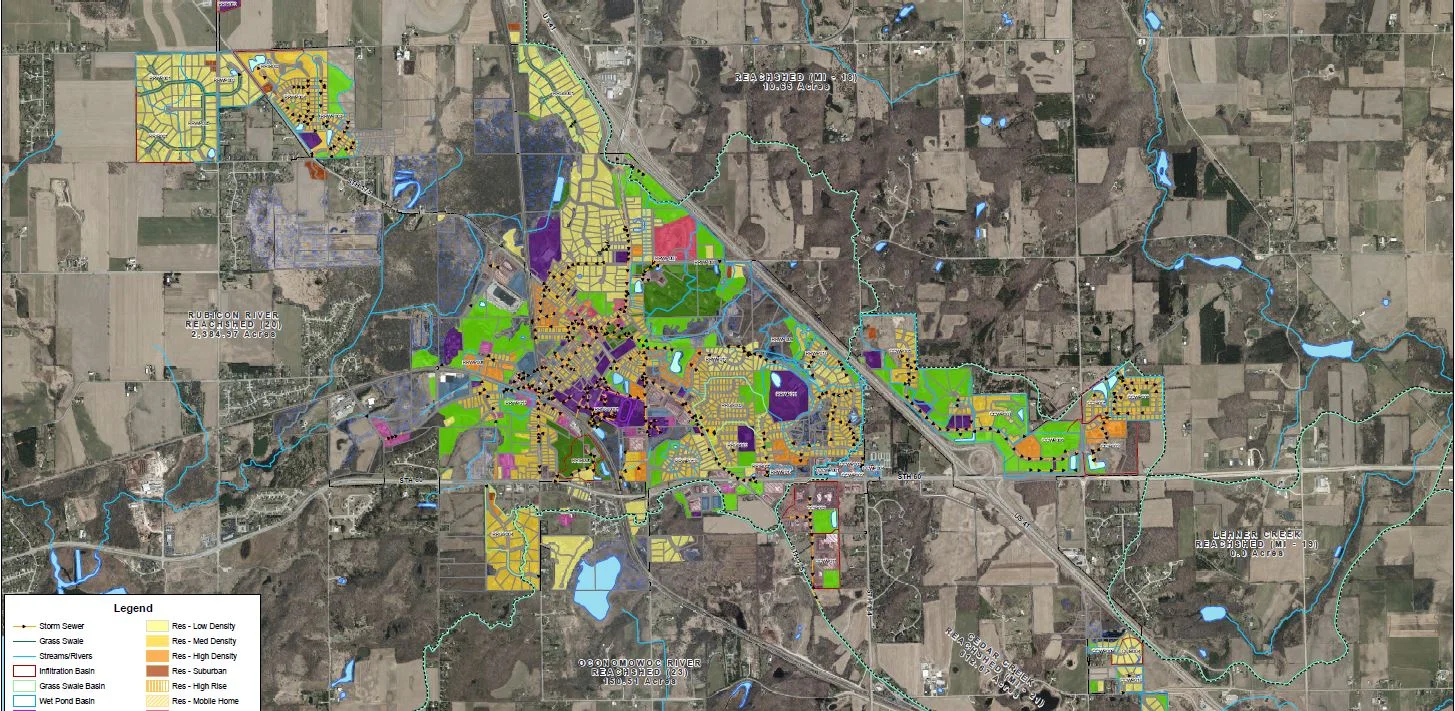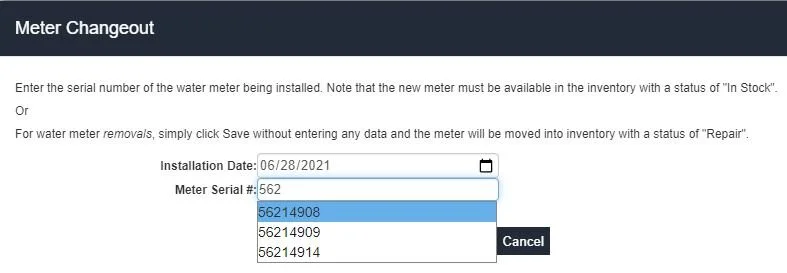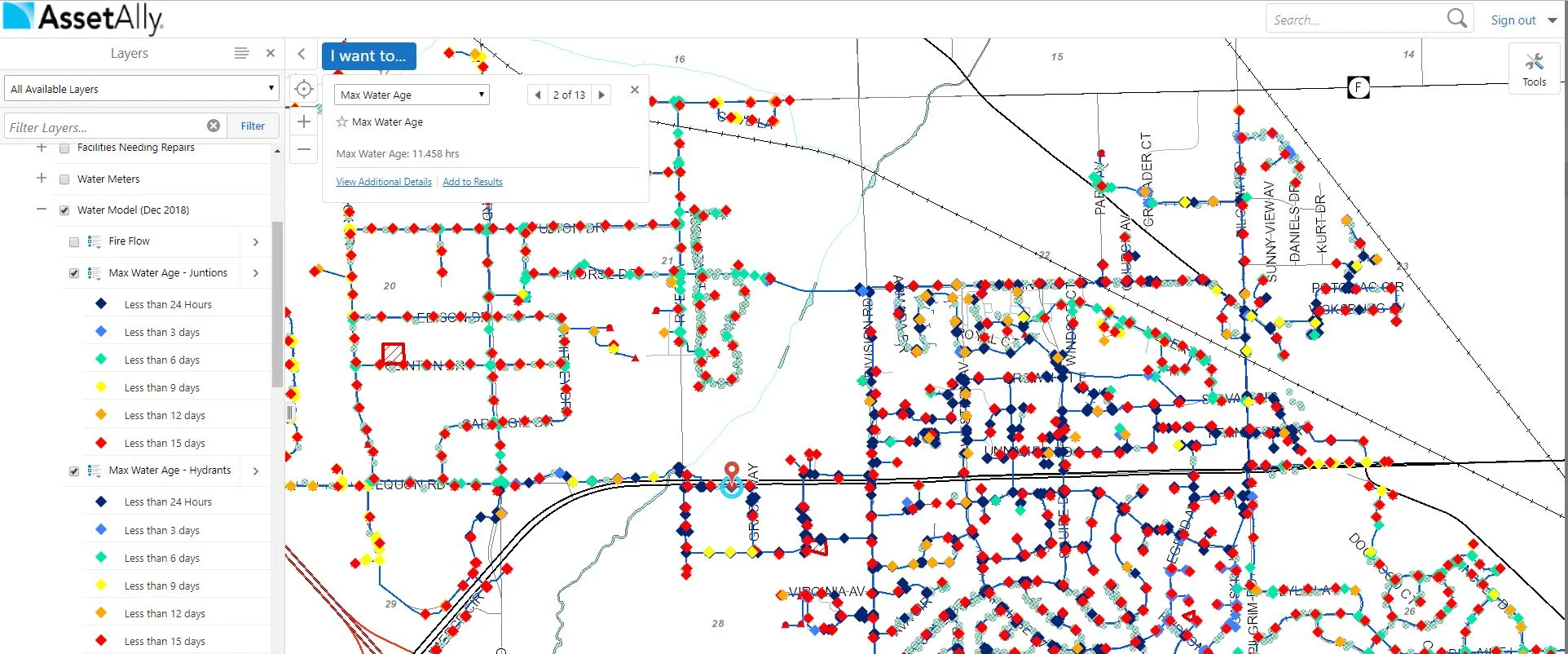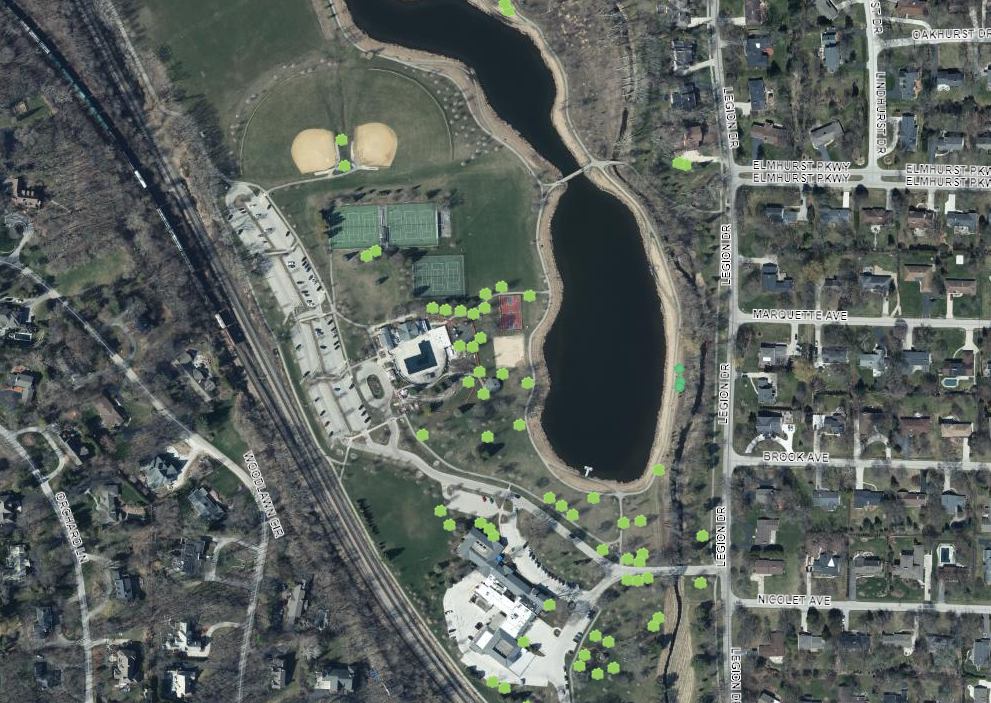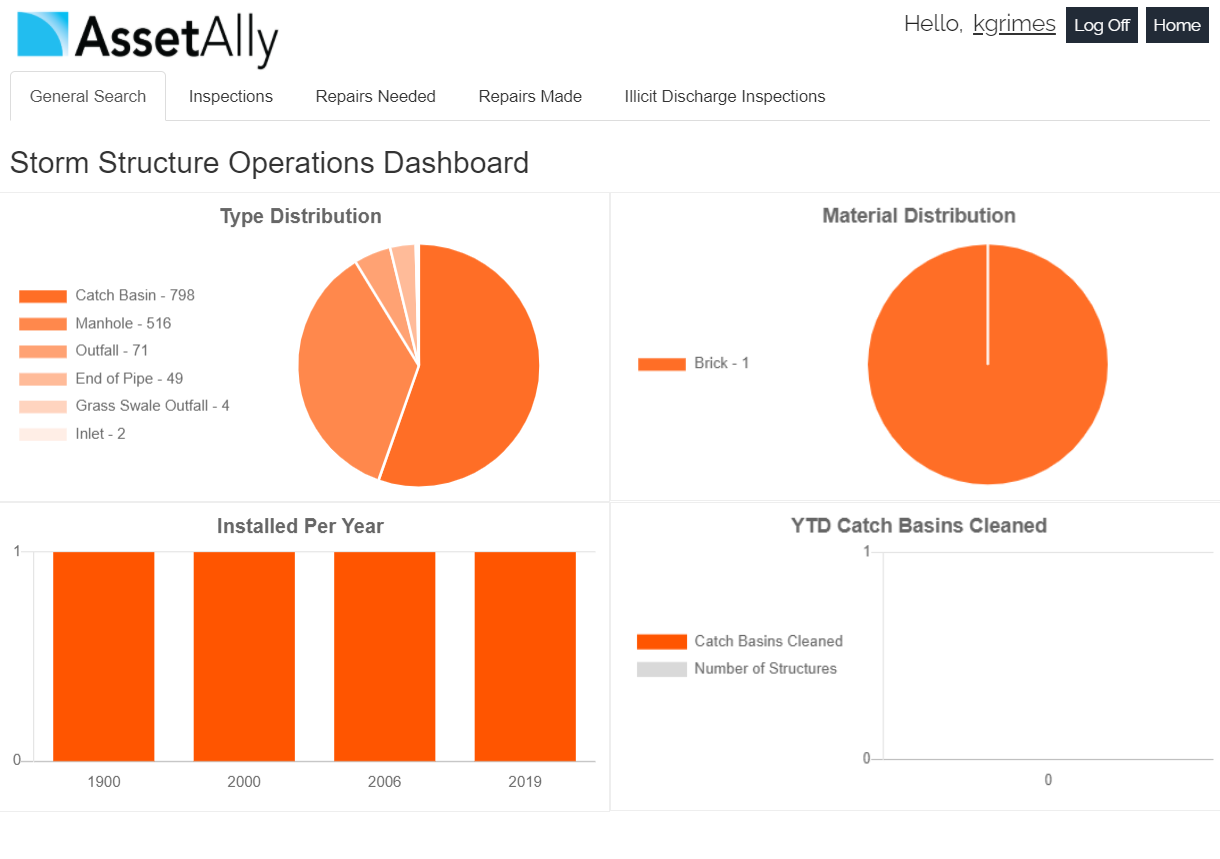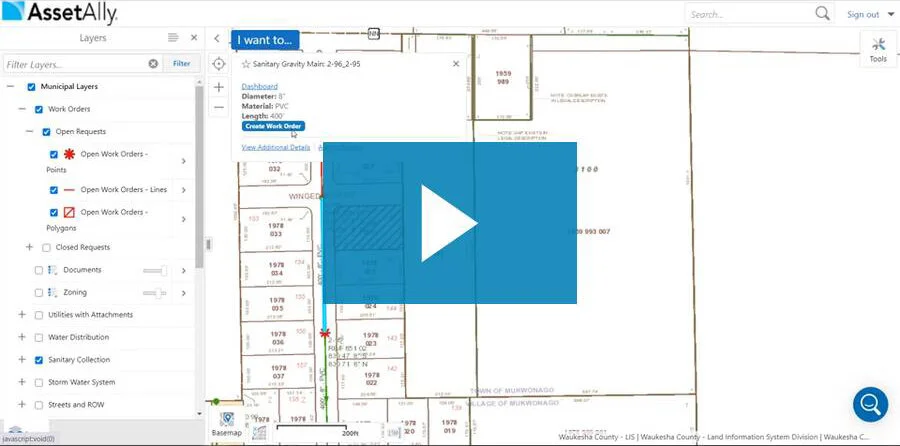The Wisconsin DNR Urban Nonpoint Source & Storm Water Management (UNPS) Planning Grant Program applications are due April 17, 2023. Here are a few suggestions on how to prepare for these projects in your GIS!
Document Search and Water Meter Updates
The Latest and Greatest AssetAlly Release: What You Need to Know
AssetAlly Version 11.1 will be released next week, and it is chock-full of exciting UX enhancements, bug fixes, and new ways for your municipality to manage your assets using the latest layers, tools, and dashboards. Learn what you need to know to take advantage of the latest and greatest version of AssetAlly.
ELEVATE YOUR WATER MODEL DATA WITH GIS
Improve Public Outreach with GIS
BILLING GIS COSTS FOR COMMERCIAL AND RESIDENTIAL DEVELOPMENTS
End of Construction Season Planning GIS Cheat Sheet
Why does it always feel like the end of construction season arrives when there’s still too much to do and not enough time to get everything done? While we can’t days to your calendar, our GIS Maintenance Cheat Sheet can help you stay organized and avoid administrative headaches as you navigate this busy time of year.
Top 5 GIS Articles of 2020
As we wrap up all things 2020, the AssetAlly team is hard at work developing new ways to bring you valuable GIS content in 2021. While we plan for what’s next, we like to look back at the content you liked most over the last year. So without further ado, here are the top 5 AssetAlly articles of 2020.
Are You Getting the Most Out of the Sanitary Suite?
CELEBRATING GIS DAY AND LOOKING FORWARD TO 2021
Sanitary Sewer Main Rehab: The Village of Hartland and AssetAlly
Save Queries to Save Your Time
Meet Your New Operations Dashboards: View Progress, Goals, and Data At-a-Glance
AssetAlly now includes new Operations Dashboards that give you an instant graphic overview of important community data like your team’s current workload, annual routine maintenance progress, and other essential infrastructure statistics. Learn how this new feature will help you spend less time crunching numbers and more time improving your community.
EXTREME GIS MAKEOVER, WORK ORDERS EDITION: THE VILLAGE OF HOWARD CASE STUDY
AssetAlly Work Orders recently underwent a significant makeover. This update included a more intuitive dashboard, better process for assigning tasks, and a more seamless Work Order closing process. Learn how the Village of Howard has taken full advantage of these improvements to stay on top of their municipal customer requests and more effectively manage their team.


